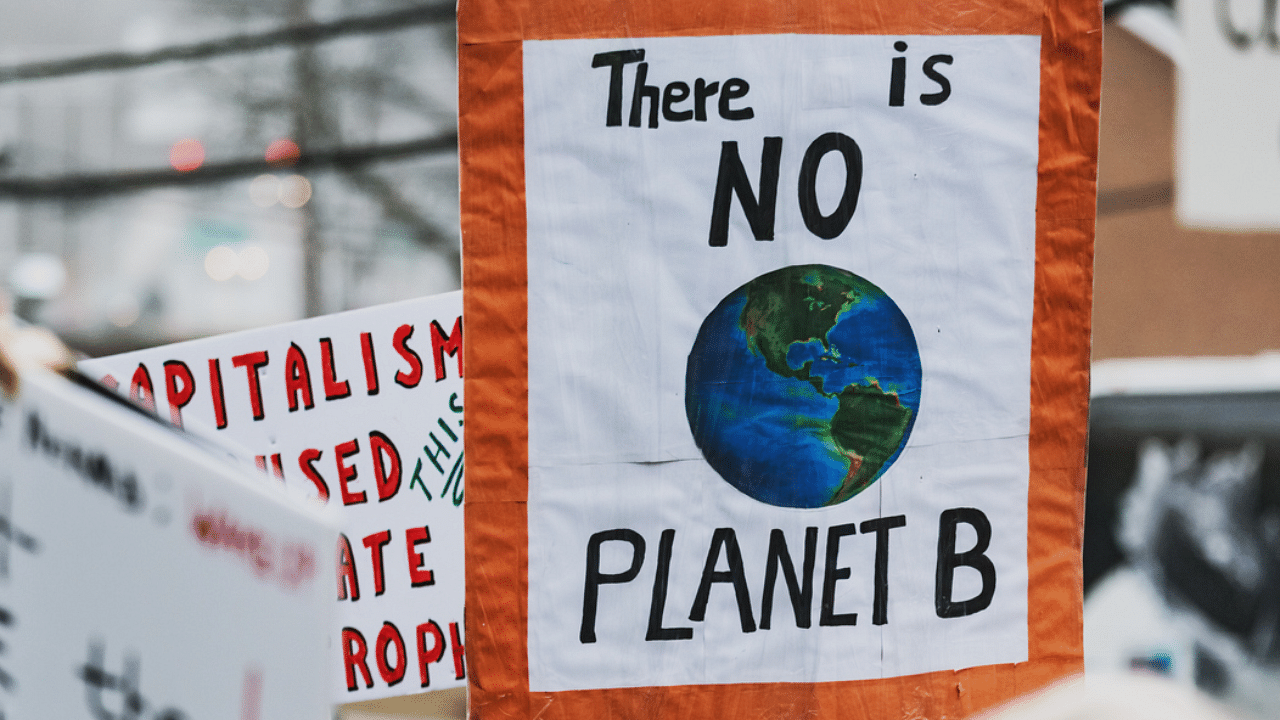The New York Times article: ‘Coal set to roar back’ (NYT, April 23, 2021) re-published in DH on the same date seems to be aimed at bringing India and China in line with the pro-climate position in the review meeting in the UK in the next few days.
The article says: “China is by far the largest consumer of coal and is still building coal-fired power plants at home and abroad… China’s coal electricity plants’ capacity grew by a whopping 38 GW in 2020… while the US and Europe consumed most of the coal historically, today it is India and China which account for two-thirds of coal consumption. With the picking up of these economies post-Covid, coal demand is forecast to rise by 9%.”
China has fortified its position by significant contribution in renewable energy (RE), by reducing the cost of solar cells, but without change in the relative share of coal vs RE. Xi has said, in the context of carbon emission for developing countries, “the principle of common but differentiated responsibilities must be upheld”.
India on the other hand has been going gung-ho on renewables, bringing misery to coal-based electricity plants and their unwilling buyers, ie discoms, alike. There is a lot of naïve thinking: We have abundant free sunshine in Rajasthan, so solar must be cheaper. So is wind in places like Kodagu etc. By the same logic, there should be no shortage of oxygen for hospitals, because it is freely available in the air!
It is quite clear that solar and wind can be no match for good old coal-based electricity because the RE is intermittent energy, i.e. it provides only energy; while the coal/storage hydro is continuous energy providing both capacity and energy. The comparison should be of the full cost of renewables without storage capacity with the cost of producing electricity by burning coal, i.e. marginal coal cost.
The original winning bid–levellised cost of Ultra Mega Power Plant’s coal-based electricity at Sasan in Madhya Pradesh was Rs 1.19/kWh including both capacity and energy, being allotted the captive coal mine. At half this price for energy alone, it has to match about 60 paise per kWh.
At the rate of around $60 per tonne for imported coal which is a very high figure, energy cost would be around Rs 2.5 per kWh. Even if one wants to add the external cost of carbon dioxide emission, to the coal electricity, the present price of carbon is fairly low at $5 per tonne for the Northeastern states of the US (NYT, April 2, 2019) which will add 20 paise per kWh. Then the total renewable cost to beat the coal cost must be less than Rs 2.70.
But there is no need to import coal, as India has about 300 billion tonnes of coal, enough to last about 50 years.
We have utilised only about 15% of the biggest and cheapest renewable, that is large hydro, whereas the US and Europe have utilized 90 and 98% of their potential respectively. A number of large hydro projects in India are stalled by environmentalists.
The only area where solar is viable is when households put up rooftop solar for hot water purposes, i.e. direct heating from the sun through reflectors. Also increasing block tariffs may make it viable to install solar panels at the household level, by saving consumption of grid electricity.
Unviable option
But at the discom level, it is almost never viable. Achieving viability through grid connection for solar and wind is the biggest deception because in this case the capacity cost is borne by some other continuous energy source in the grid, like a higher powerhouse capacity designed for large hydro. The rare case where it is worth is when the renewable energy supply is in phase with the system peak demand. But it is seldom so.
Rich countries may have the luxury to experiment with renewables because they can afford the higher cost or it will be subsidised in the name of greenhouse gas emission abatement. But climate change is what economists would call a ‘public bad’ which normally is said to suffer the fate of ‘tragedy of the commons’.
Poor countries like India should not take part in averting this tragedy, because, for them, development should be first priority. After all, on a per capita basis, India’s contribution to greenhouse gases is minuscule.
What is amazing is how the financiers are also actively backing RE in India knowing well that it is not viable. It only speaks of their confidence in their ability to mislead the government and immiserate the poor discoms.
(The writer is former RBI Chair Professor of IIM, Bangalore)
